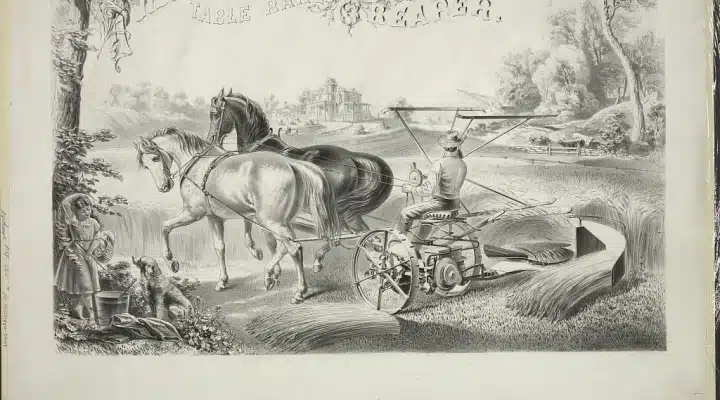Cutting and Binding Machines for Efficient Crop Harvesting and Processing Solutions
The Importance of Crop Cutting and Binding Machines in Modern Agriculture
In the relentless pursuit of feeding the world’s growing population, modern agriculture has embraced technological advancements to improve efficiency and productivity. Among these innovations, crop cutting and binding machines play a pivotal role in ensuring a smooth harvesting process. These mechanized tools are designed to cut, bind, and gather crops, vastly reducing the labor required for these tasks and enhancing overall yield. This article delves into the functionality, benefits, and impact of crop cutting and binding machines in contemporary farming.
Understanding Crop Cutting and Binding Machines
Crop cutting and binding machines are multi-functional agricultural implements primarily used for harvesting various types of crops, including cereals, legumes, and other plants. The fundamental components of these machines include cutting blades, binding mechanisms, and collection systems. The cutting blades sever the plant stalks at the base, while the binding mechanism secures the cut plants into manageable bundles for easier handling and transportation.
These machines can vary in size and horsepower, catering to different scales of farming operations from small family farms to large commercial agricultural enterprises. Some models are designed for specific crops, ensuring optimal performance, while others are versatile enough to handle a variety of plant types.
Advantages of Using Crop Cutting and Binding Machines
The introduction of crop cutting and binding machines has revolutionized the harvesting process for several reasons
1. Increased Efficiency Manual harvesting is traditionally time-consuming and labor-intensive. Crop cutting and binding machines significantly reduce the time taken to harvest crops. With a mechanized approach, farmers can cover larger areas in shorter periods, which is particularly crucial during harvest seasons when weather conditions can be unpredictable.
2. Enhanced Precision These machines provide uniform cutting heights and consistent binding of crop bundles. This level of precision not only improves field aesthetics but also aids in the efficient drying of crops post-harvest, leading to better quality produce.
crop cutting and binding machine

3. Reduction of Labor Costs Labor shortages are a significant challenge in agriculture. By mechanizing the harvesting process, farmers can minimize their reliance on seasonal labor while also reducing labor-related costs. This is especially beneficial in regions where labor costs are rising or available workforce is diminishing.
4. Improved Safety The use of crop cutting and binding machines reduces the risk of injuries often associated with manual harvesting. Farmers and workers can operate the machines from a safe distance, minimizing exposure to potential accidents.
5. Higher Yield and Quality Quick and efficient harvesting helps in reducing crop loss due to over-ripening or adverse weather conditions. The timely collection of crops can lead to higher yields and better quality, enhancing the marketability of the produce.
Challenges and Considerations
Despite their numerous advantages, the adoption of crop cutting and binding machines is not without challenges. The initial investment for such machinery can be a barrier for smallholder farmers. Additionally, the need for maintenance and repair, along with the proper training for operators, is crucial for ensuring their longevity and efficiency.
Furthermore, there is an ongoing debate about the impact of mechanization on rural employment. While mechanization can reduce the demand for manual labor, it also creates new opportunities for skilled technicians and engineers, emphasizing the need for workforce adaptation and skills development in the agricultural sector.
Conclusion
In conclusion, crop cutting and binding machines represent a significant technological advancement in the field of agriculture. Their role in boosting efficiency, reducing labor costs, and enhancing crop quality cannot be overstated. As the global population continues to grow and the challenges of climate change persist, the importance of such machinery will only increase. Investing in crop cutting and binding technology not only benefits farmers economically but also plays a crucial part in ensuring food security for future generations. The evolution of agricultural practices, driven by innovation and technology, stands as a testament to the resilience of farmers and their commitment to sustainable food production.
Latest news
-
When to Upgrade Your Old Forage HarvesterNewsJun.05,2025
-
One Forage Harvester for All Your NeedsNewsJun.05,2025
-
Mastering the Grass Reaper MachineNewsJun.05,2025
-
How Small Farms Make Full Use of Wheat ReaperNewsJun.05,2025
-
Harvesting Wheat the Easy Way: Use a Mini Tractor ReaperNewsJun.05,2025
-
Growing Demand for the Mini Tractor Reaper in AsiaNewsJun.05,2025







